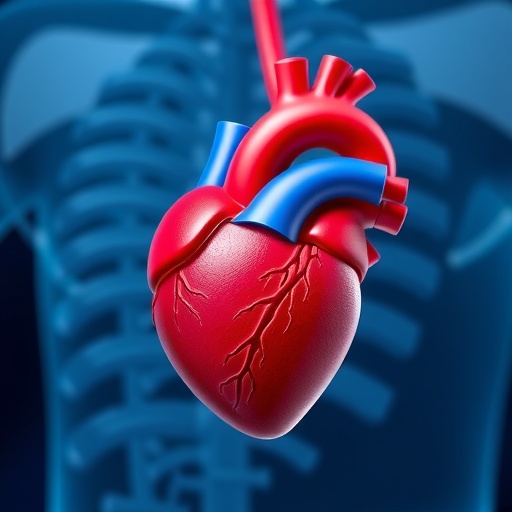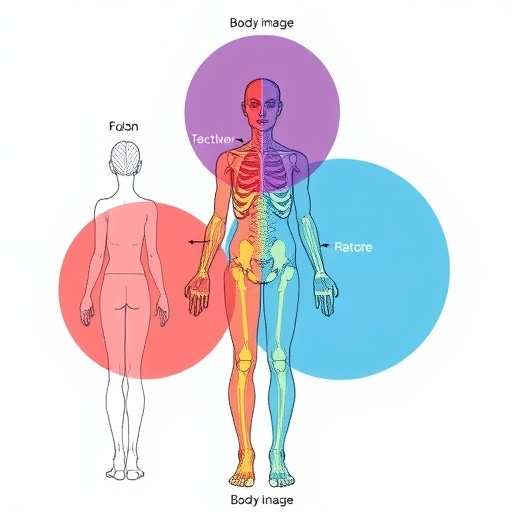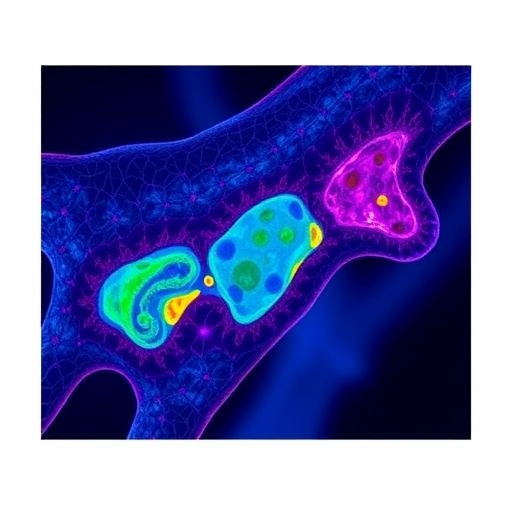In a groundbreaking medical case, researchers have reported an extensive journey of managing a pediatric patient diagnosed with Danon disease through a complex regime of intracorporeal biventricular assistance that lasted nearly 800 days, ultimately serving as a bridge to heart transplantation. This significant case sheds light on the innovative techniques and strategies employed in the management of severe heart conditions in children, especially those stemming from rare genetic disorders. The patient, a young child grappling with the debilitating effects of Danon disease, presented unique challenges due to the complexity and severity of the condition, necessitating an advanced therapeutic approach.
Danon disease is an infrequent X-linked genetic disorder characterized by multi-organ involvement, particularly affecting the heart and skeletal muscle. The disease is caused by mutations in the LAMP2 gene, leading to impaired lysosomal function. In pediatric patients, the manifestation is often severe, culminating in cardiomyopathy, which can be life-threatening. With limited treatment options available, the medical community often finds itself navigating uncharted waters when addressing such profound health challenges in younger patients.
The case report illustrates the use of advanced biventricular assist devices (BAVDs), a remarkable innovation in pediatric cardiac care. BAVDs are mechanical pumps that assist both ventricles of the heart, significantly improving circulation and allowing the heart to function effectively despite underlying conditions. In this particular case, the device was crucial in sustaining the child’s life, providing essential cardiac output while awaiting a matching donor heart for transplantation.
During the nearly 800 days of support provided by the BAVDs, the clinical team undertook regular assessments to measure the device’s performance and its impact on the patient’s overall health. Regular imaging studies, blood tests, and other evaluations were essential to monitor for potential complications, such as infections or device dysfunction, alongside ensuring that the patient maintained a quality of life during this critical waiting period. The meticulous care and attention to detail exhibited by the medical team exemplify the dedication required in managing such intricate medical cases.
The therapy regimen did not merely focus on sustaining life through mechanical means; the research team also implemented a comprehensive multidisciplinary approach. This approach encompassed nutritional support, physical therapy, and psychiatric care, recognizing the holistic nature of managing a pediatric patient with heart failure. The young patient was engaged in therapeutic activities tailored to their condition, promoting physical strength and mental resilience, crucial elements in navigating the complexities of prolonged cardiac support.
As the wait for transplantation extended for months into years, the child required ongoing support from family and caregivers. Emotional support systems became integral, too, assisting both the patient and family through the rollercoaster of emotions, uncertainty, and hope that accompanied the wait for a donor heart. The psychological aspects of prolonged living with a mechanical heart are as significant as the physical management of the condition, marking a pivotal point in the management of chronic pediatric diseases.
Ultimately, after nearly 800 days of supported living, the breakthrough arrived: a suitable donor heart became available. The coordination of the transplant procedure was complex. It required a synchronized effort among surgical teams, organ procurement organizations, and the child’s medical team. Preparedness and planning became paramount in ensuring that upon receiving the notification of a donor heart, all protocols were followed meticulously to ensure a successful transplant.
The actual transplantation procedure took place under high-stakes conditions. The surgical team operated with precision, focusing on the transition from mechanical support to a functioning donor heart. This intricacy involved the careful removal of the biventricular assist devices while ensuring hemodynamic stability during the switch to the new organ, a transition fraught with risk yet pivotal for the child’s future health.
Post-transplantation, the young patient entered another critical phase of recovery. The medical team implemented a robust follow-up plan to monitor for potential complications such as rejection of the donor heart and infection, challenging yet vital in the initial months following the transplant. Regular check-ups and imaging ensure that the new heart was adapting well to its newfound environment, and early signs of transplant success became evident. This stage was heralded with optimism, showcasing the resilience of both the patient and medical staff alike.
The results of this case study provide new insights into the temporal and environmental stratagems necessary to manage pediatric patients awaiting heart transplants. This scenario becomes a model for future intervention plans, especially for those with rare conditions where conventional approaches may fall short. The findings underscore the importance of adapting care pathways and strengthening collaborative efforts within medical teams.
This case serves not only as a beacon of hope for patients suffering from genetic heart diseases but also as an essential reference in the literature regarding pediatric cardiology and transplantation. It emphasizes the ongoing need for research into innovative mechanical support systems and their roles in bridging toward transplant opportunities. Furthermore, it highlights the profound impact of cutting-edge medical science on the lives of children navigating profound health challenges.
In conclusion, this landmark case reaffirms the significance of multidisciplinary collaboration and innovative technology in the field of pediatric cardiac care. As medical professionals continue to explore the boundaries between mechanical assistance and organ transplantation, the journey of this young patient with Danon disease exemplifies both the challenges and triumphs faced within modern medicine. The overall narrative serves to inspire ongoing research and discussions surrounding advancements in heart failure management not just in pediatrics, but across the broader spectrum of patients with life-threatening conditions.
Subject of Research: Pediatric Heart Transplantation in Danon Disease Patients
Article Title: Bridge to heart transplantation with nearly 800-day intracorporeal biventricular assistance in a pediatric patient with Danon disease: a case report
Article References:
Takehara, T., Kido, T., Taira, M. et al. Bridge to heart transplantation with nearly 800-day intracorporeal biventricular assistance in a pediatric patient with Danon disease: a case report.
J Artif Organs 29, 4 (2026). https://doi.org/10.1007/s10047-025-01534-7
Image Credits: AI Generated
DOI: https://doi.org/10.1007/s10047-025-01534-7
Keywords: Child, Danon disease, heart transplantation, biventricular assistance, mechanical circulatory support.
Tags: advanced pediatric cardiac carechallenges in pediatric cardiologyDanon disease managementgenetic disorders in childreninnovative therapeutic approachesintracorporeal biventricular assistancelong-term biventricular supportmechanical pumps for heart supportpediatric heart transplantrare genetic disorders and heart diseasesevere cardiomyopathy treatment





